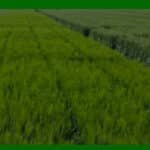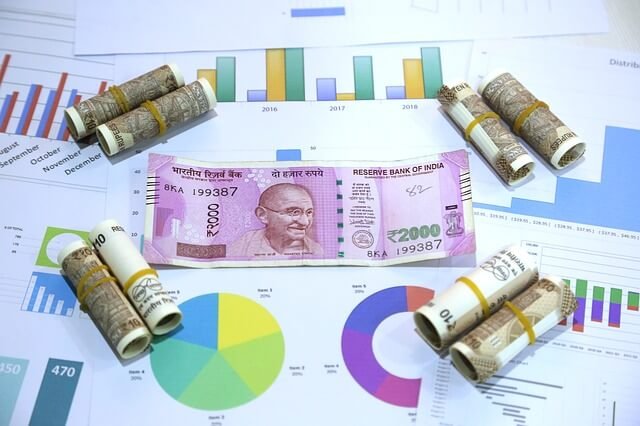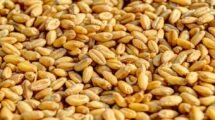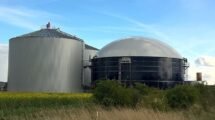Over the decades the India has been dealing with its agricultural and rural economy through the major commissions which gave recommendations on improvements need. The National Commission for Farmers (2004) also emphasised the inclusive growth of farmers and gave important developmental initiatives.
The way agriculture development and sustainability is seen has changed with the constitution of the committee on Doubling Farmers’ Income (DFI). Besides all the recommendations of productivity and sustainability of livelihoods, this brings the farmer’s income into the centre of all the discussions in agricultural development.
Sectorial Integration for Income Revolution
There is a need of multi-disciplinary research and any research needs to be studied are the agro-ecological region wise. The major approach should be diversifying the farming systems; through specially including the high value crops, horticulture and livestock. This commission is also a way to bring about convergence across different schemes and developmental programmes and there by bringing together the agriculture, health and education sectors.
As farming includes risk and the risk is further aggravated because of lack of water soil loss degradation and climate change there should be focus sustainable management of land and water resources. We need to focus is to be on the farmers’ income not the farm income as such and not on production. It is well reported by Committee for Doubling Farmers’ Income, there is need for Income Revolution (IR) for the next transformation in agriculture
Also Read: Chicken and Egg gross sales likely to attain pre-Covid levels by March 2021
A farm household activity consists of two main components ie., the crop component which includes the field crops , horticulture crops etc and next component is the livestock, wherein includes the dairy, poultry, piggery, goat and sheep rearing etc., the other components include the farm linked activities like sericulture, beekeeping, mushroom cultivation and so on and it also includes the post production activities like off farm enterprises. Judicious management of all available resources at the disposal of a farm household helps in alleviating rural poverty and is necessary for the upliftment of the rural poor.
Strategies
A few Strategies will enable in setting up an environment to increase incomes were identified and based on the strategies the action plans for doubling farmers income include adoption of integrated farming and related activities, training, better irrigation facility and there by increasing the cropping intensity, marketing, value addition and food chain, provision of quality planting material and input. The target of doubling famers income has created and invoked debates and brought about an awakening in the different sectors of agriculture. More efficient government interventions are the need of the time to improve farm family income specially when we face the challenges like migration of farmers to other occupations for their sustenance.
Interventions and Recommendations
1. Increase in capital investments:
- The budgetary support for the three departments under the Ministry of Agriculture and Farmers’ Welfare were increased. The (DAC&FW), DAREm DAHDF
- Mobilisation of non-budgetary resources: under this cropus fund has been created for interventions like Long Term Irrigation Fund (LTIF), Micro Irrigation Fund, Dairy Infrastructure Development Fund, Fisheries and Aqua Culture Infrastructure Development Fund, Animal Husbandry Infrastructure Development Fund, Agri-Market Infrastructure Fund
- Increase in the institutional credit: credit has been provided tof farmer through production loans and and also it has been extended to KCC beneficiaries. So that it can be used for livestock fisheries etc.,
- Through encouraging corporate sector investments: this will help private sector to invest in food supply chains, technology dissemination and marketing.
- Investments in production and other activities through the Pradhan Mantri Kisan Sampada Yojana (PMKSY). It is complementing the other ongoing schemes under the Ministry of Agriculture & Farmers’ Welfare in bring about maximum benefit from the given piece of kand by Multi-story cropping, diverse crop selection, mixed and relay cropping and integrated farming system.
2. Agriculture credit:
- Proper access and recognizing the credit needs of the small and marginal farmers, through digitization of the primary agriculture cooperative societies (PACS)
3. Restructuring of the existing schemes:
- The RKVY has been restructured as RKVY- RAFTAAR and there is
allocation on the production and post production infrastructure
4. Increasing agricultural production through yield increase
5. Market reforms and other Market interventions and price support
6. Encouraging other allied farm activities for increasing farm income
7. Promotion of Secondary Agriculture
8. Climate Resilience in Agriculture: Drought proofing of 151 district
- Increasing the area under the Climate smart crops like nutri-cereals, pulses and oilseeds, use of MGNREGA for making water holding structures smaller in size for providing protective irrigation , in-situ management of crop residues has been emphasized by subsiding machinery to reduce air pollution.
The ambitious target to augment farmers’ income, can be achievable only when the wellbeing and development of the farmer is the priority and policy attention is needed on the various complementary sectors of agriculture which are linked with income increase.
Views expressed are the authors own
Dr. Josily Samuel, Dr. Pushpanjali and Dr. A. Gopala Krishna Reddy
Scientist, ICAR- Central Research Institute for Dryland Agriculture, Hyderabad


















Add Comment